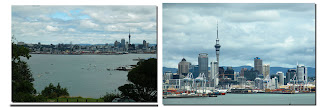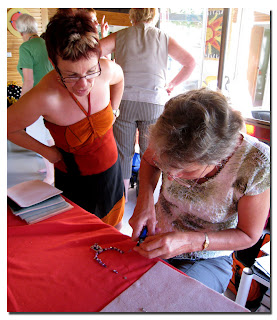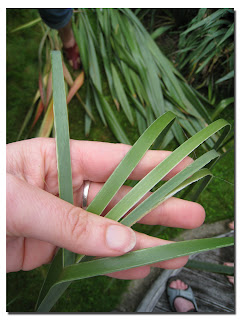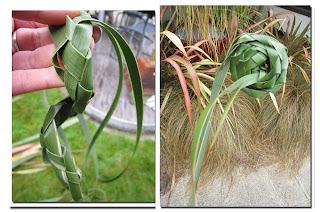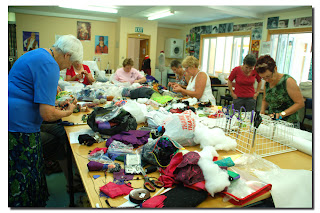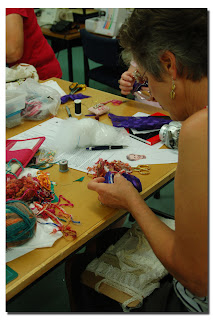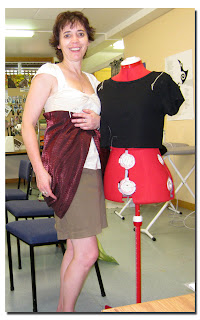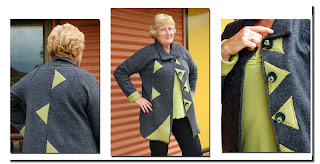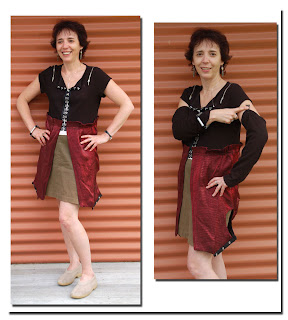I have learned many new words here in New Zealand…. And many of them make me smile… so, here is the short list following my little New Zealandese dissertation.
So.. Okey poke, I think I have become switched on. It was titivating. Soon I have to be shifting back to California, but before I go, I think I should have a cuppa. I had better not waffle about too much, nor should I fluff around. If I do, I might become vacant and possibly miss my flight. I’m packed and ready to go, so we will put my luggage in the boot, and I shall sit piggy in the middle on the way to the airport. I need to get rid of my schrapnel, so maybe I will buy a pair of togs or jandels. If I see a nice one, I might buy a sloppy joe. I think I have the route to the airport sussed. We are about to have tea, and I hope we are not having awful offal. I think a gob stopper might be fun, but it is a bit messy. Once I get home I can share the gos, and hopefully this hasn’t been too loopy.
If you want to understand the above… here is the translation guide.
Okey poke – a local prhase… we would say okey dokey
Togs – a bathing suit
Hot bread shop – the bakery
Shifting – moving (from one house to another)
OR a car moving fast, on the freeway, passing you
Suss it out – seek the information
Got it sussed – you worked it out
Good value – as in, she’s good value (a good person)
Titivated – working and reworking something
Quick unpick – a seam ripper
Tea – one of several mealtimes during the day. New Zealanders tend to eat up to five times a day (although several of these are only snacks, and are social
Smoko – the morning tea at 10, if it is the second tea of the day, or it could be an afternoon tea
Cuppa – ca up of (coffee or tea)
Chilly bin – a cooler for keeping food cool
Jandels – flip flops
Awful vs. offal – offal is the innards of an animal, so you must be careful with your accent when you say something is awful
Torch – flashlight
Bonnet – hood of a car
Boot – trunk of a car
Rubbish – trash
Clued up – to be made aware
Fluff around – muck around
Waffle – to go on and on and on
Vacant – nothing up there in the head
Piggy in the middle – when you sit in the middle seat in the back of the car
Gob stopper – a jaw breaker
Sloppy Joe – an oversized sweater
Schrapnel – loose change
Loopy – a bit crazy
Swtiched On – a person who is knowledgeable.
What’s the gos – what is the gossip
Trunderler Park – the shopping cart depot





